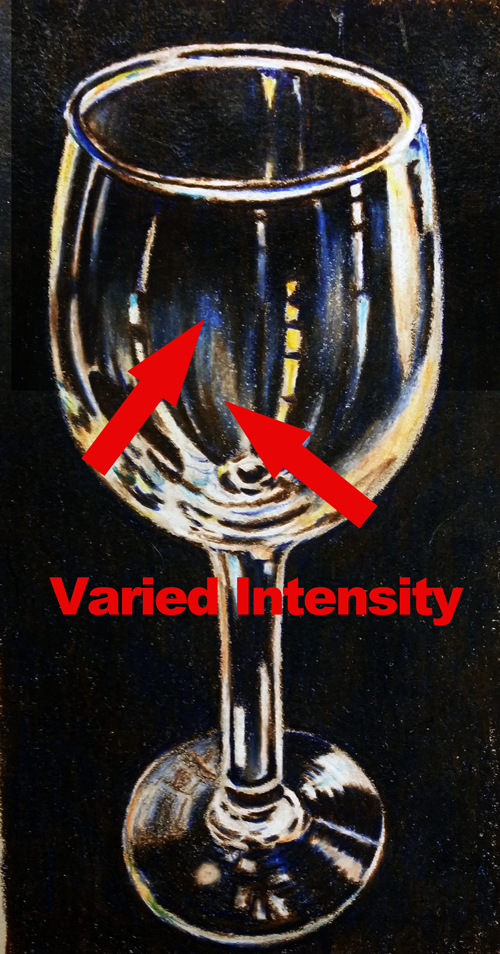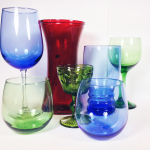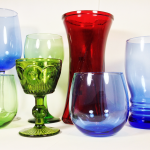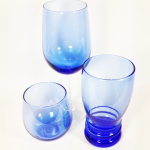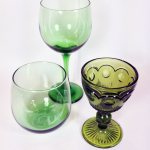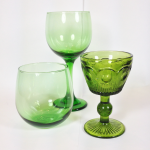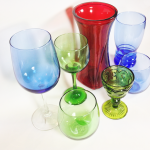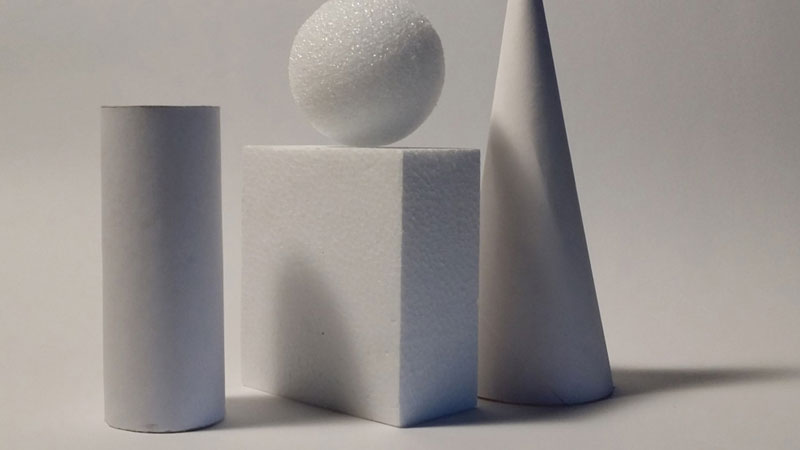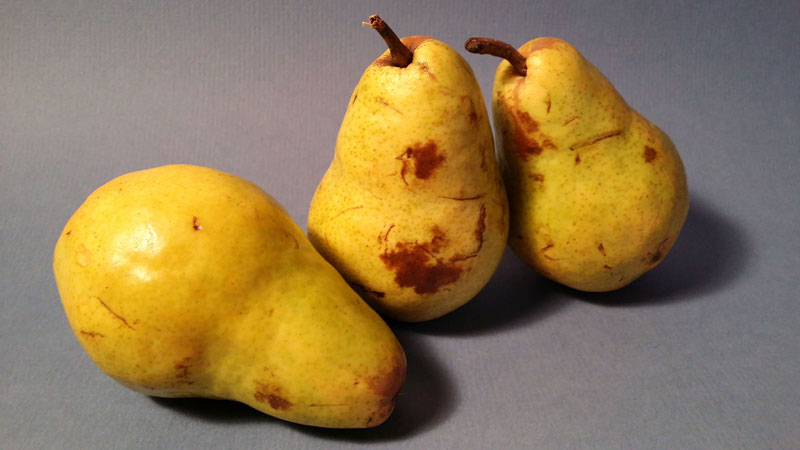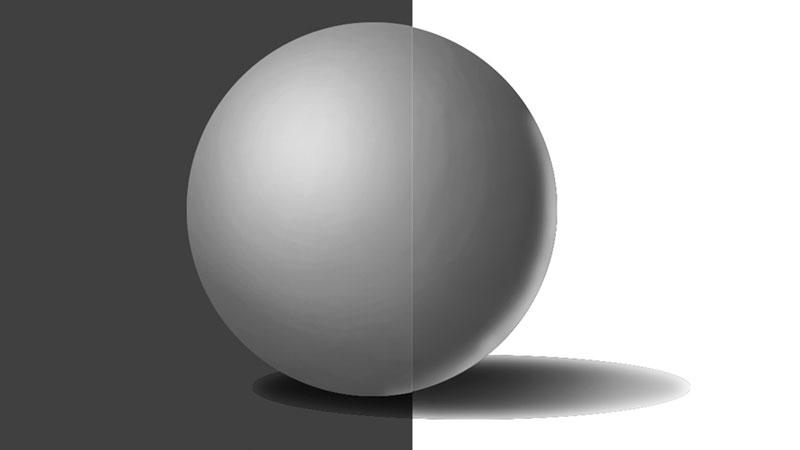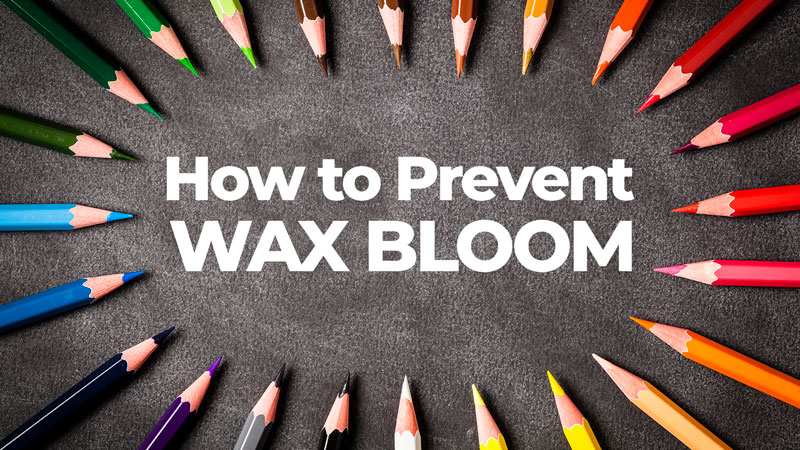
This makes drawing or painting glass all the more worthwhile.
It’s the challenges that make us grow after all. It’s the struggles that make our work stronger. We shouldn’t shy away from them. Instead, we should embrace the benefits of the challenge.
Now, back to glass. Glass presents two major challenges for the artist. The first is transparency and the second is reflection. Get the transparency and the reflection right, and you have created the illusion of glass in your artwork.
So, let’s look at how this may be accomplished.
How to Create Transparency in Drawings
The key to transparency will lie in the handling of the intensity of the colors. Intensity deals with brilliance and is the dullness or brightness of a color. Intensity is affected by adding grays to a color. Intensity can also be affected by the amount of material that is applied to the surface.
Varying the intensities of colors will lead to the illusion of transparency. Have a look below…
By varying the intensities of blues and oranges, the glass appears transparent in areas.
How to Create Reflection in Drawings
Transparency by itself does not lead to the illusion of glass. Instead, transparency will need to be coupled with reflection. Reflection can be created by manipulating contrast.
Typically, glass will strongly reflect light. This will cause areas of intense contrast in value that will be defined by a distinct line or shape. Have a look below…
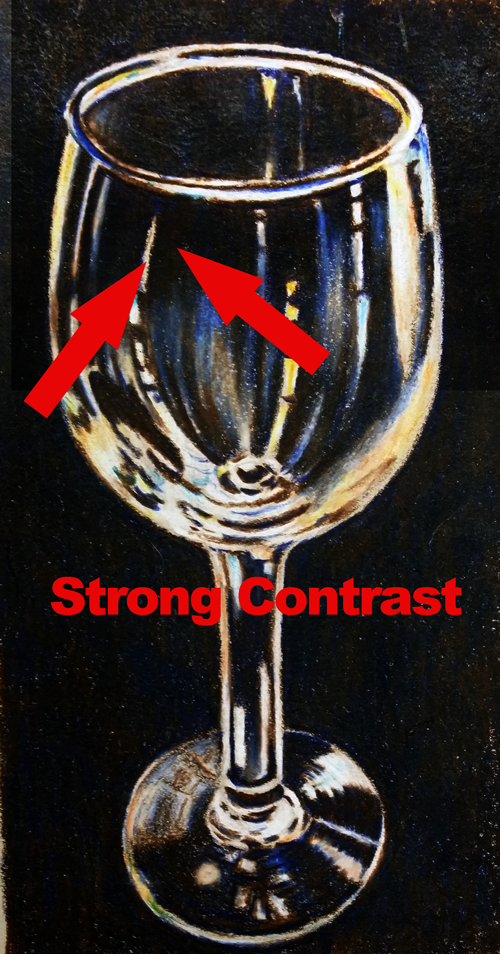 Notice the shapes of light values right next to dark values. These areas of intense contrast defined by hard edges are creating the illusion of reflection.
Notice the shapes of light values right next to dark values. These areas of intense contrast defined by hard edges are creating the illusion of reflection.
The combination of reflection and transparency will lead to the illusion of glass.
Ready for some practice?
Photo References of Glass for Drawing and Painting
What good is knowing a concept if you don’t practice it – right?
Here is a collection of glass still life arrangements for you to practice with. Just remember – look for the areas of transparency and reflection and exploit them in your drawing or painting.
If you’re looking for some more inspiration, why not check out artist, Janet Fish. She is a real master at capturing the illusion of glass in her works.
If so, join over 36,000 others that receive our newsletter with new drawing and painting lessons. Plus, check out three of our course videos and ebooks for free.

